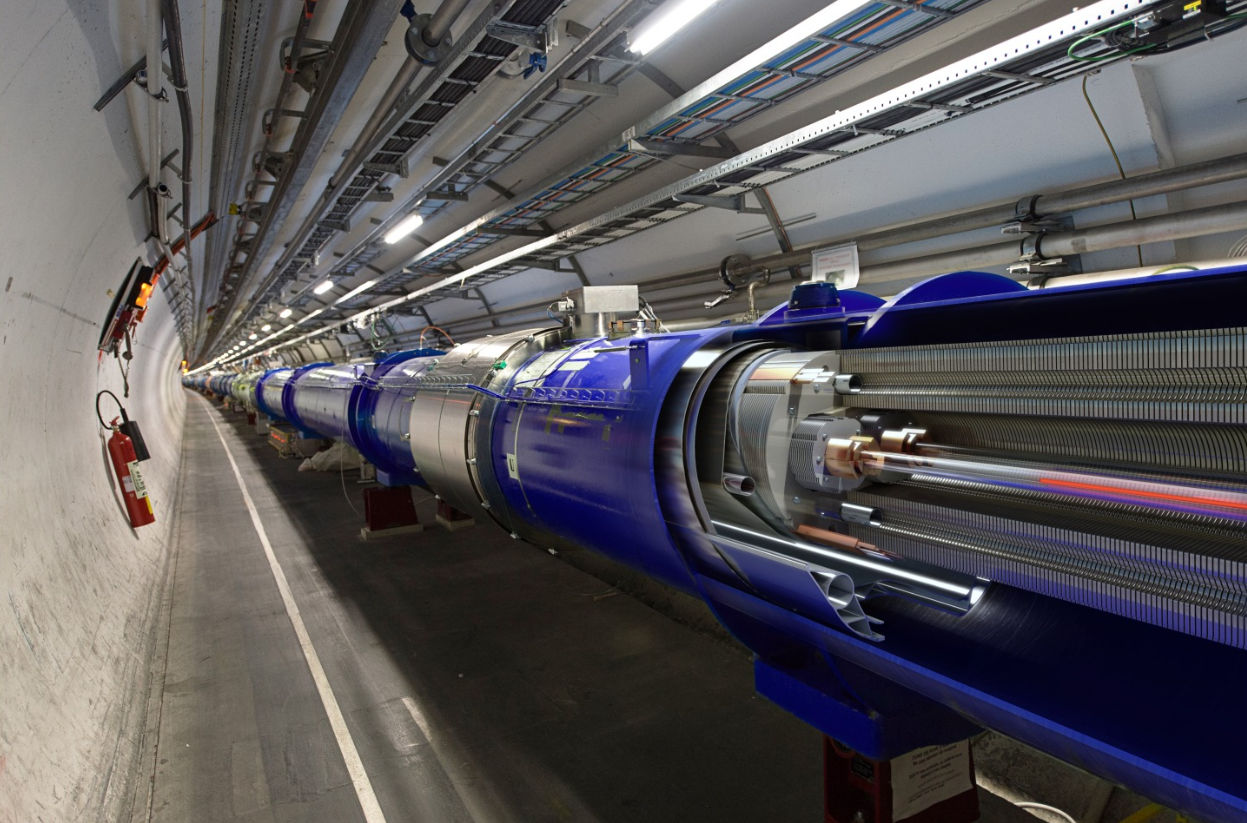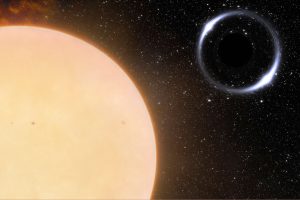Scientists at the European Council for Nuclear Research (CERN) will fire up the Large Hadron Collider (LHC) to unprecedented energy levels from Tuesday, July 5, as they seek to smash protons to uncover answers to fundamental questions about the universe.
The LHC, which was shut down three years ago for repairs, will run at a record energy of 13.6 trillion electronvolts continuously for four years to help scientists probe dark matter, dark energy, and other fundamental cosmic mysteries.
Also read | Comet bigger than dino-killer asteroid heading towards Earth: All you need to know
This four-year-run, known as Run 3 of the LHC, will see scientists send proton beams less than 10 microns in width in opposite directions at nearly the speed of light around the 27 kilometre LHC, buried 100 metres beneath the Swiss-French border.
The narrowing of the proton beams to 10 microns will enable scientists to increase the collision rate of protons within the LHC by up to 20 times.
“We aim to be delivering 1.6 billion proton-proton collisions per second … This is a significant increase, paving the way for new discoveries,” Mike Lamont, the head of accelerators and technology at CERN, told a media briefing.
Also read | Explained: Why are tech companies laying off thousands of employees
These proton-proton collisions will then be analysed by thousands of scientists across the world and will be used for the ATLAS, CMS, ALICE, and LHCb projects aimed at finding answers to hitherto unanswered questions about the universe, as well as uncovering more information about the mysterious Higgs boson.
Tuesday’s restart comes a day after the 10th anniversary of the discovery of the Higgs boson particle, the existence of which was confirmed by LHC experiments on July 4, 2012, decades after it was first hypothesized.
Also read | Google Earth Engine now free for companies and governments
What next for the LHC?
After completing its four-year-long run, the LHC will once again be shut down for repairs and upgradation, and will return as the High-Luminosity LHC in 2029 for a new slate of experiments.
Apart from upgrading the LHC, scientists are also in the process of developing designs for the Future Circular Collider (FCC), a proposed 100 kilometre long atom smasher that would be capable of reaching energy levels of 100 trillion electronvolts.





